Bookshelve Building
watergreat
13 years ago
Related Stories
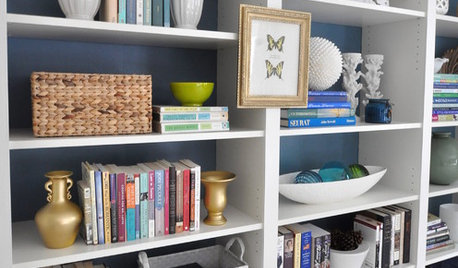
DECORATING GUIDESAfternoon Project: Declutter Your Bookshelves
Overstuffed bookshelves can easily turn into an eyesore. These shelf-clearing projects are bound to help
Full Story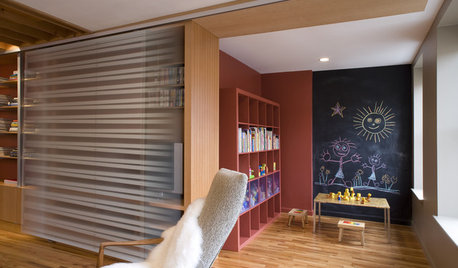
ORGANIZINGDesign Details: Inspired by Expedit Bookshelves
Ikea's Classic Storage Cubes Work All Over the Home
Full Story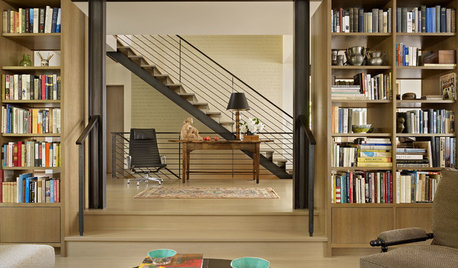
CONTEMPORARY HOMESHouzz Tour: Reading Shapes a Seattle Home
Written words drive the design of a house for aging in place, from a plethora of bookshelves to a personal word wall
Full Story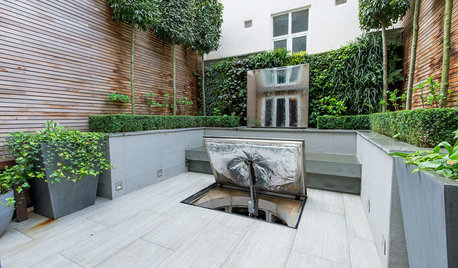
BASEMENTSWhat Lies Beneath: Cool Things to Build Underground
Ingenious designers are going below the surface in some amazing — and surprising — ways
Full Story
DECORATING GUIDES6 Focal Points to Build a Beautiful Interior Around
Not sure what element to make the attention getter in your room? Find some great choices here
Full Story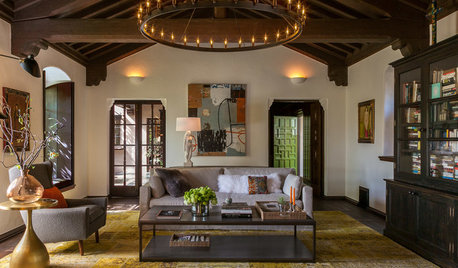
ROOM OF THE DAYRoom of the Day: Berkeley Living Room Builds on History and Style
Rich and dark woods, oversized furniture, layered lighting and intriguing artwork give this California room a comfortable sophistication
Full Story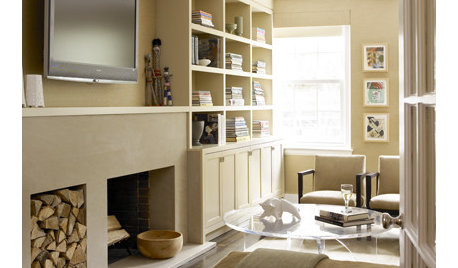
ORGANIZINGHow to Design Built-Ins That Fit Your Needs
Tips for designing built-in bookshelves and storage
Full Story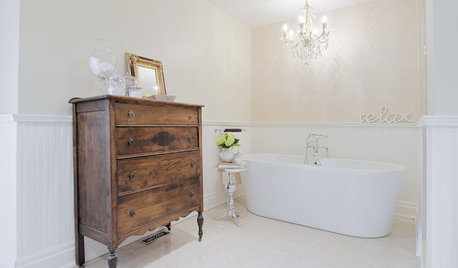
BATHROOM DESIGN10 Living Room Touches to Bring to the Bath
Go ahead, borrow those bookshelves. Unexpected elements can boost interest and comfort in your bathroom
Full Story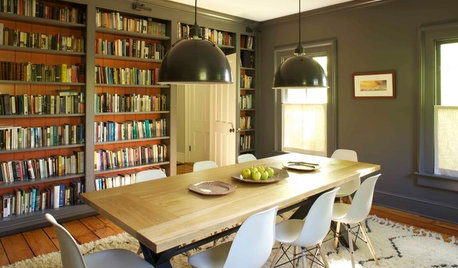
DECORATING GUIDESDinner and a Good Book: 12 Double-Duty Dining Rooms
Create your own library-inspired reading room by pairing a dining table with bookshelves
Full Story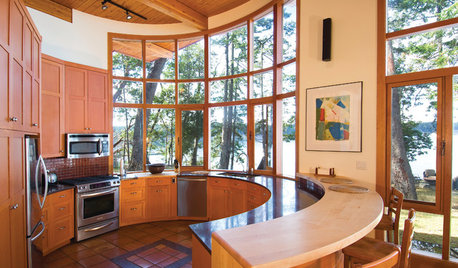
GREEN BUILDINGHouzz Tour: Off-the-Grid Island Home Circles a Sunny Courtyard
A circular home is a cozy spot for gardening, woodworking and plenty of reading
Full StoryMore Discussions






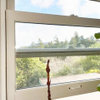




bobismyuncle
mike_kaiser_gw
Related Professionals
Burr Ridge Cabinets & Cabinetry · Del Aire Carpenters · Emeryville Carpenters · North Miami Beach Carpenters · Tonawanda Carpenters · Burlington Flooring Contractors · Davie Flooring Contractors · Dublin Flooring Contractors · Eldersburg Flooring Contractors · Lincoln Flooring Contractors · Mesa Flooring Contractors · Oak Park Flooring Contractors · Seymour Flooring Contractors · Madison Furniture & Accessories · Paramus Furniture & Accessoriesbrickeyee
karinl
brickeyee
karinl
brickeyee
watergreatOriginal Author
brickeyee
lazy_gardens
bobismyuncle
karinl
brickeyee
karinl
sombreuil_mongrel
brickeyee
sombreuil_mongrel